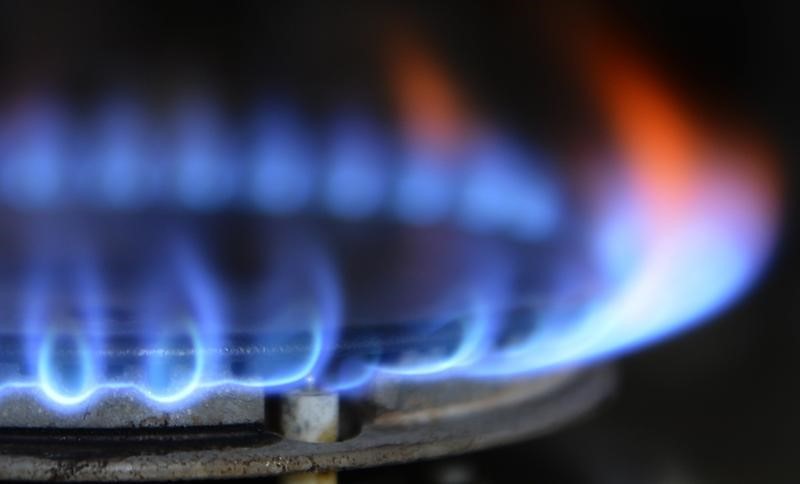(Bloomberg) -- The recovery in gasoline demand across Asia from virus-driven slumps remains patchy, offering a complex picture as improvements in nations such as India are partially offset by deteriorations elsewhere.
While consumption has shown signs of picking up in the region’s third-largest economy, as well as in Thailand, it’s offset by slowing demand in Taiwan, Vietnam and Malaysia, Apple (NASDAQ:AAPL) Mobility data and Bloomberg calculations show. That means the complex “remains a mixed bag,” according to consultant FGE.
Global crude prices have extended a rally this month, with Brent topping $75 a barrel, as economies step up the pace of reopening and mobility increases. But that process is most advanced in the parts of Europe and the U.S., where gasoline demand just hit the highest level this year, according to Descartes (NASDAQ:DSGX) Labs. Across Asia, a key oil-consuming region, it’s much more varied.
In India, gasoline and diesel sales rebounded in the first half of June after a deadly coronavirus wave hobbled the economy in May, according to people familiar with figures from nation’s the three biggest retailers. The Apple Mobility data tally with that finding, with daily average driving activity up by 39.3 percentage points so far in June from the month before.
Thailand also reversed May declines, with driving activity up 12.9 percentage points so far in June. But elsewhere, driving in Taiwan, Vietnam and Malaysia continued to fall from May amid anti-virus restrictions.
It’s likely that mobility in Malaysia and Vietnam, as well as purchasing manager index readings -- key indicators of gasoline and gasoil consumption -- will fall in June, said Kendrick Wee, director at IHS Markit. A recovery in Vietnam is likely only in the third quarter, said Wee.
Stockpiles of light distillates in the distribution hub of Singapore suggest growing oversupply. The holdings, comprised of fuels such as naphtha and gasoline, hit a nine-week high of 14.2 million barrels last week. This was partly due to reduced exports from the city-state to other parts of Southeast Asia such as Malaysia, according to FGE.
“Refiners could slow the return of their offline capacity from maintenance to ease any lengths in the product markets,” said IHS’ Wee, referring to a potential buildup of supplies. While regional gasoline and gasoil cracks are expected to strengthen over the next two months as movement restrictions ease, most of the recovery hinges on markets outside of Asia, he added.
In the third quarter, regional gasoline demand should recover by about 300,000 barrels a day from the second, according to FGE, which highlighted support from the easing of curbs in Japan and South Korea. That may flip Asia’s gasoline balance to a deficit from the current surplus of 70,000 barrels a day.
(Updates to remove chart)
©2021 Bloomberg L.P.
